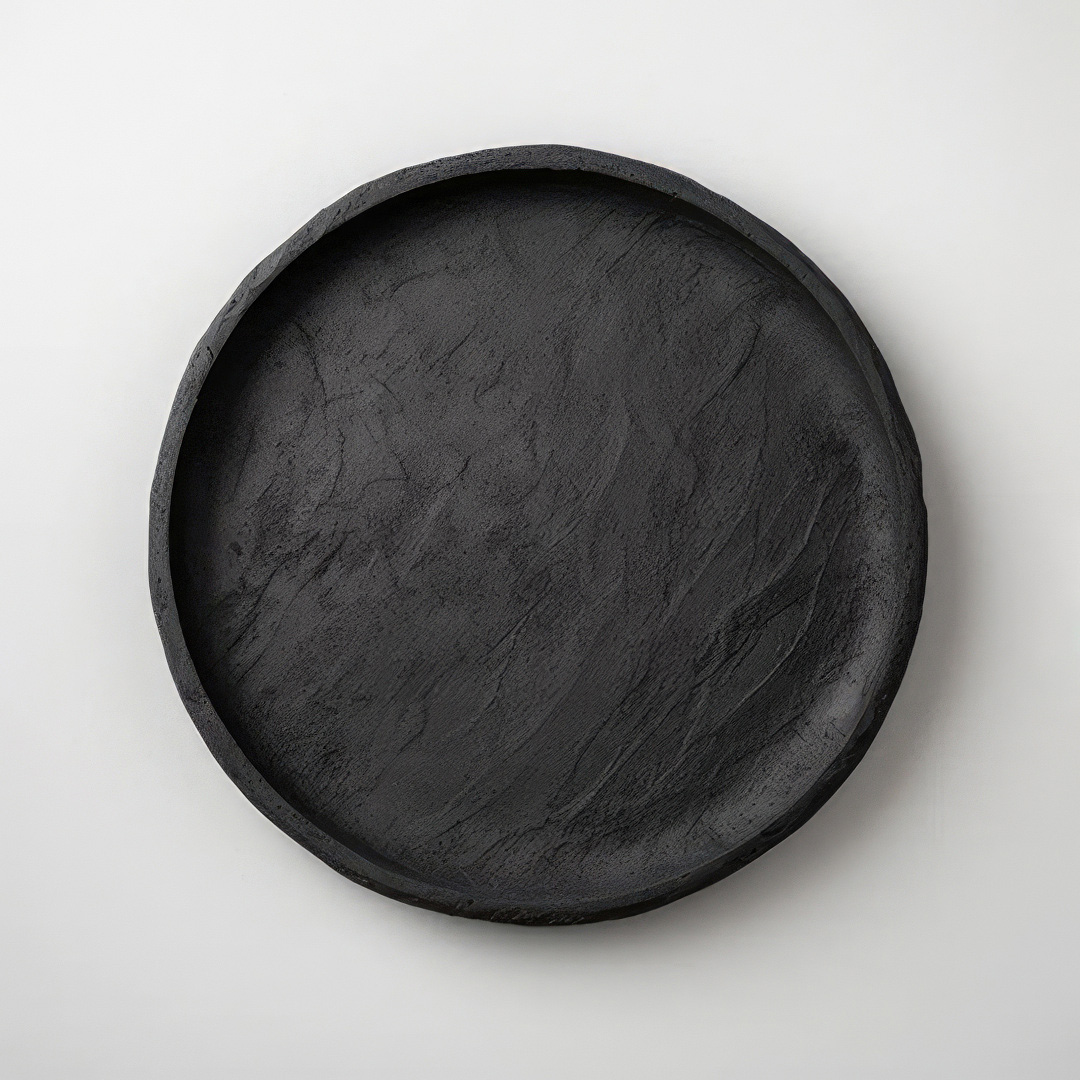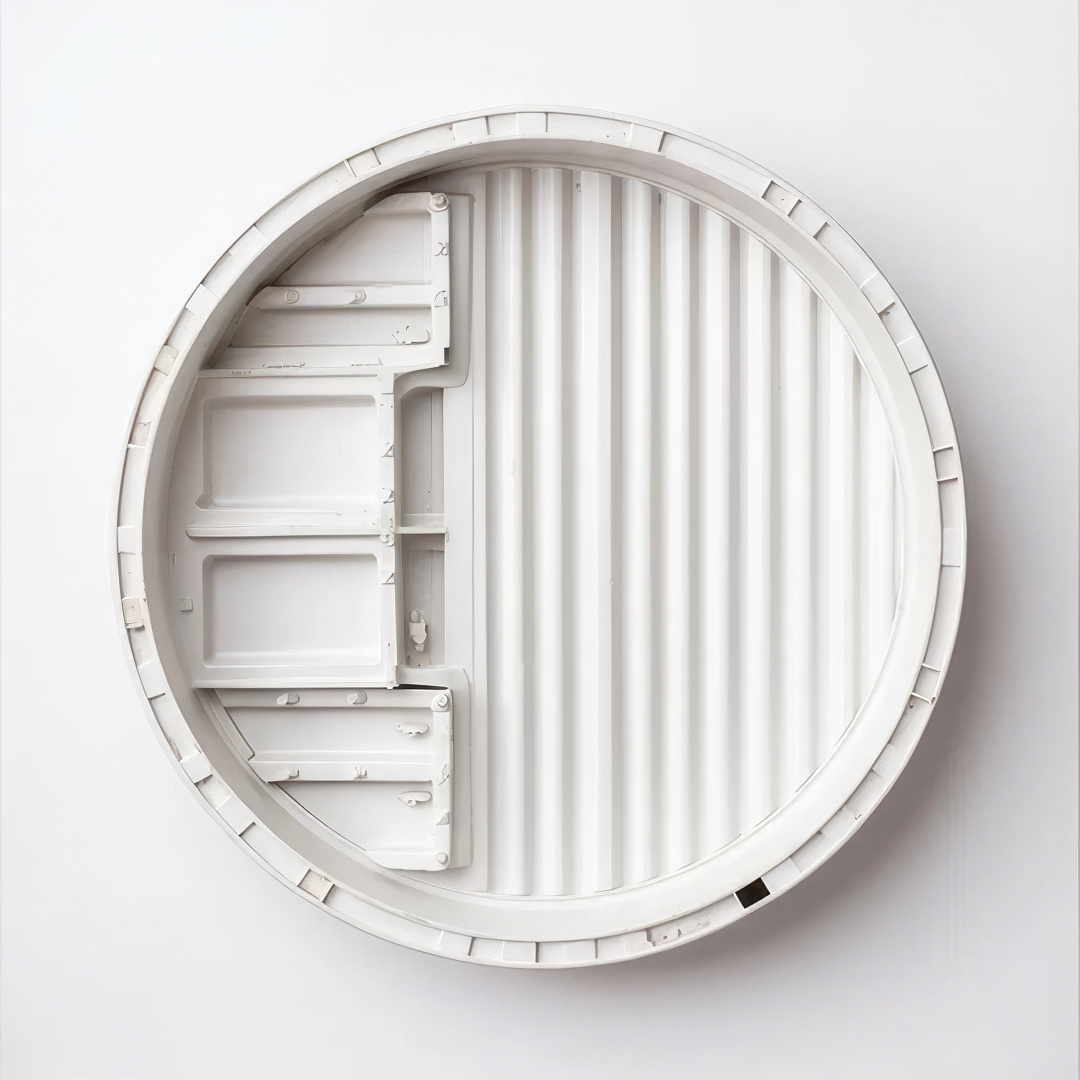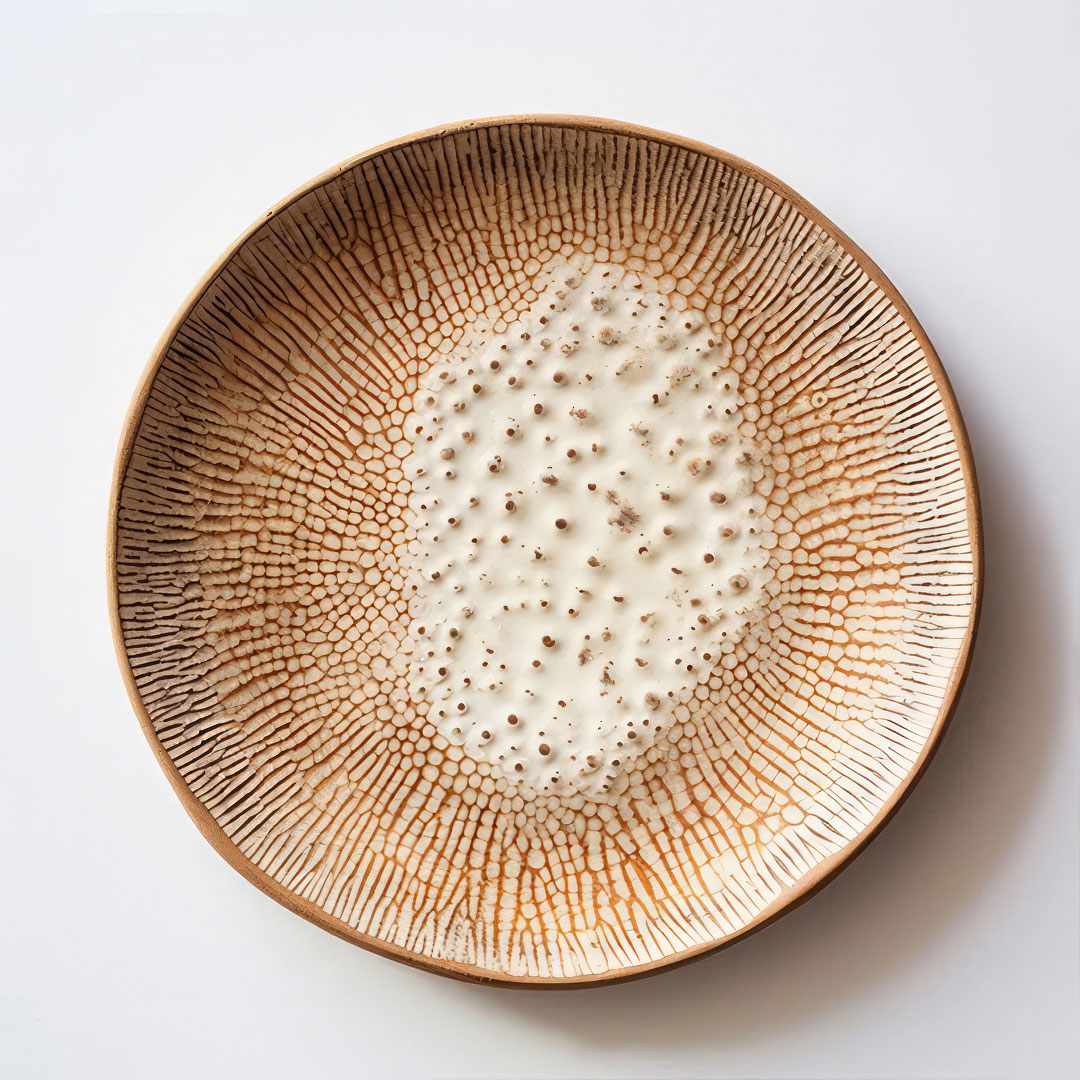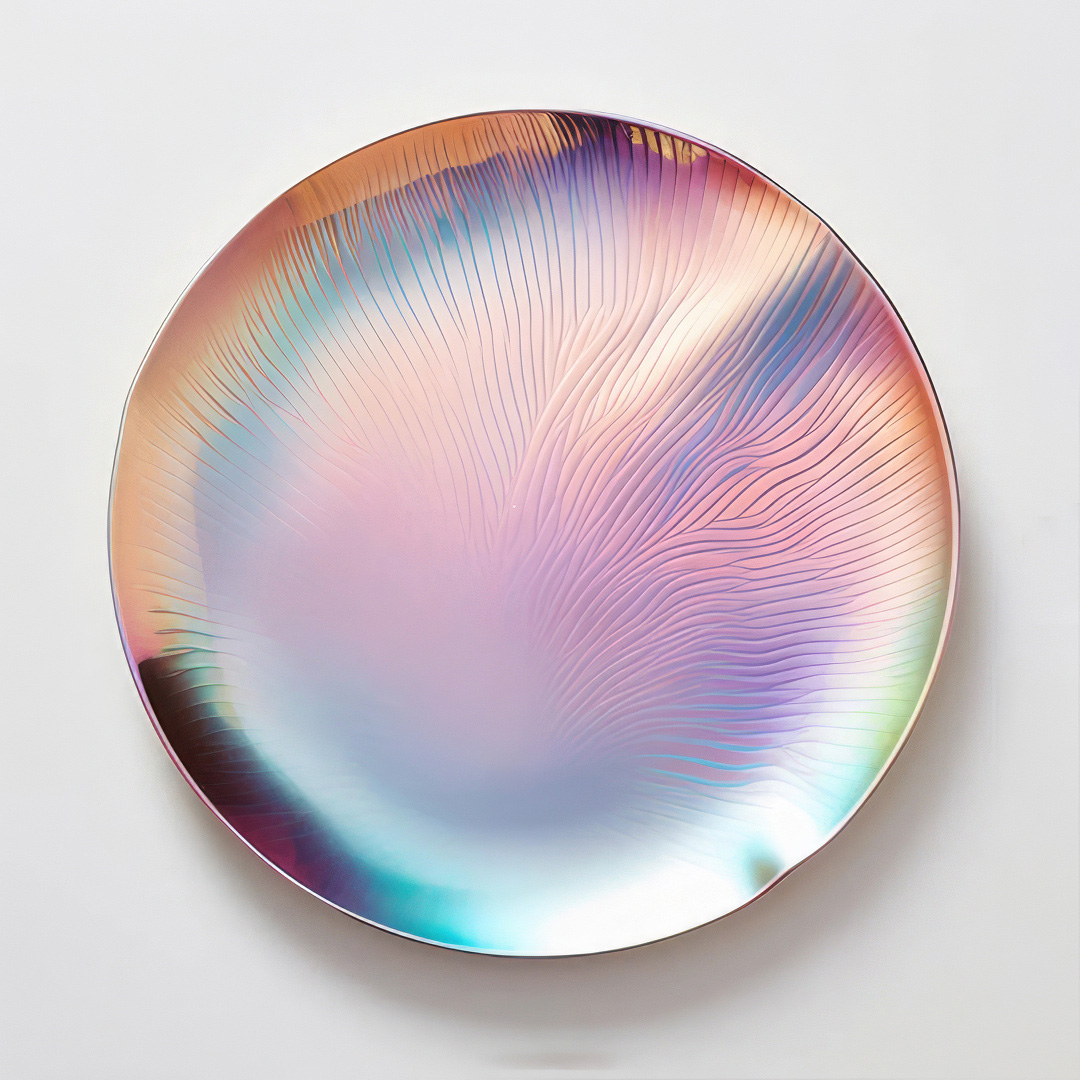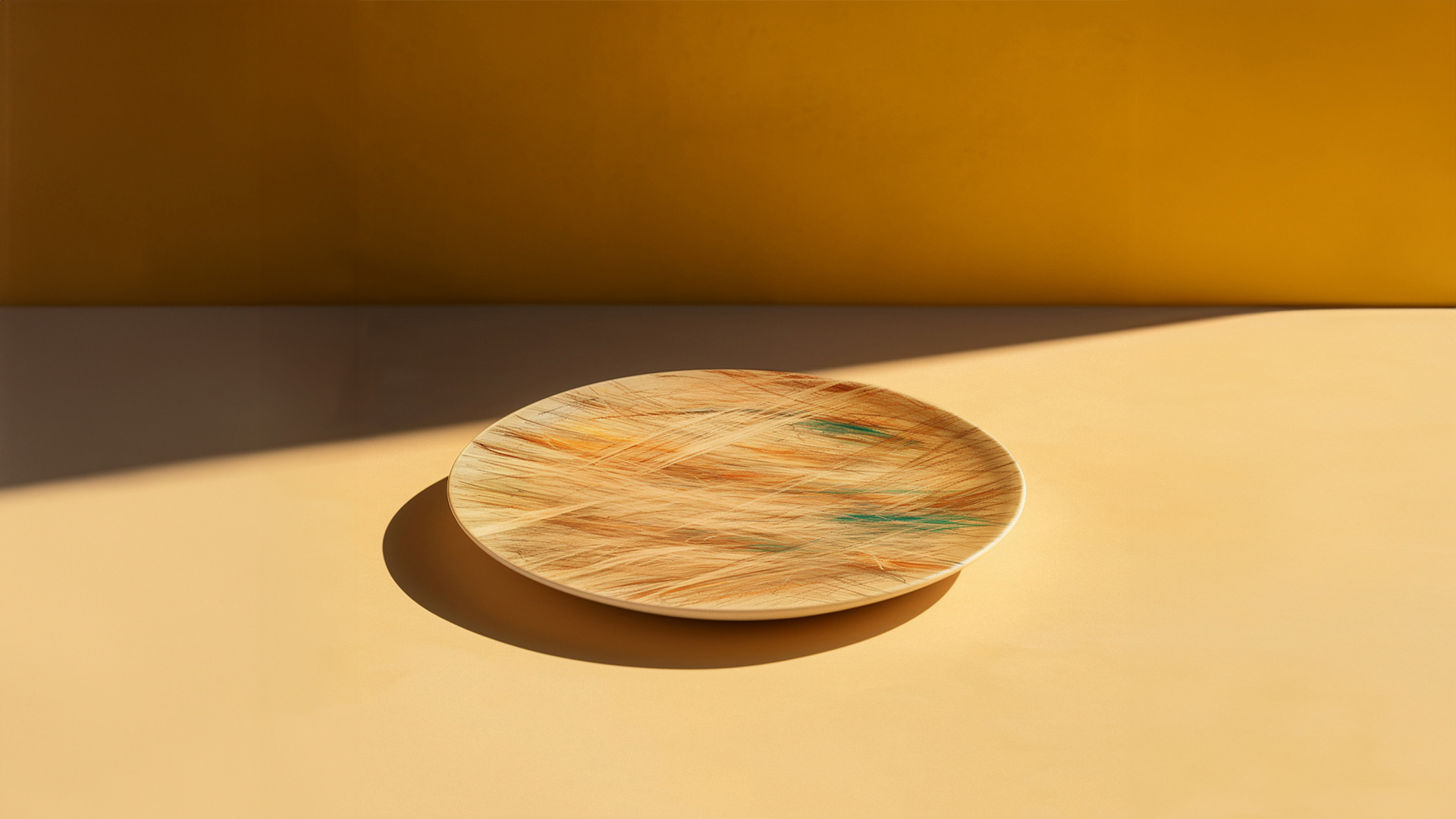Products of Place
SPACE10 in collaboration with creative studio oio, introduces Products of Place, a speculative exploration into how AI could support designing sustainable tableware by identifying plentiful materials in specific locations. Unfolding as an interactive map, Products of Place is a collection of conceptual dinner plates that could be made from locally abundant materials in over 140 regions around the world. It shows the potential for AI to support designing sustainable products by identifying locally plentiful materials and considering local industry, transportation, food cultures, and behaviours.
Today, the materials we use, our globalised industrial production models, and our linear economy have become key drivers of the climate crisis. Products of Place visualises a speculative near future where an AI-powered design process imagines products with materials that are locally abundant and specific to the place. The project shows the possibility to empower designers to make better material choices, and in turn, rebalance our relationship with the planet.
"The plates range from beautiful to a bit bizarre, highlighting both the opportunities and limitations of an AI-powered design process as it exists today. Human curation is still required to decide which concepts are good and should move into development. This new AI integration isn’t perfect and we want to be transparent about the weaknesses of these platforms and their strengths," shares Alexandra Zenner, Creative & Planning, SPACE10.
By asking generative AI tools to identify unexpected material abundance in different locations across the world, oio and SPACE10 uncovered that what is abundant is often waste. ChatGPT presented data points ranging from agricultural residues, construction waste and manufacturing offcuts, to cities with a penchant for coffee or cycling — revealing unexpected material palettes and local aesthetics. The resulting plates are weirdly familiar, yet beyond the everyday as we currently know it.
In this speculative concept, AI enables designers to quickly attune to the materials already at their fingertips — to create more meaningful objects with fewer product miles, lowering the emissions of the things that make our homes. "With Products of Place, we glimpse into a future where AI could be used as a tool for exploration and imagination, rather than pure efficiency. We see the results of this new synthetic process as a starting point for unimaginable products, rather than the final step," shares Matteo Loglio, co-founder of oio studio.
The results prompt surprise, delight, and sometimes discomfort, in the diverse materialities of our planet’s urban environments. Not all iterations of the plates are viable. The speculative products are only as smart as the data the tools have been fed, and layered with bias.
Products of Place captures an experimental process that pushes the boundaries of collaboration. It’s a playful look at the potential for designing differently and reinventing how and what we place in the world, shares Simone Rebaudengo, co-founder, of oio Studio.
SPACE10 in collaboration with creative studio oio, introduces Products of Place, a speculative exploration into how AI could support designing sustainable tableware by identifying plentiful materials in specific locations. Unfolding as an interactive map, Products of Place is a collection of conceptual dinner plates that could be made from locally abundant materials in over 140 regions around the world. It shows the potential for AI to support designing sustainable products by identifying locally plentiful materials and considering local industry, transportation, food cultures, and behaviours.
Today, the materials we use, our globalised industrial production models, and our linear economy have become key drivers of the climate crisis. Products of Place visualises a speculative near future where an AI-powered design process imagines products with materials that are locally abundant and specific to the place. The project shows the possibility to empower designers to make better material choices, and in turn, rebalance our relationship with the planet.
"The plates range from beautiful to a bit bizarre, highlighting both the opportunities and limitations of an AI-powered design process as it exists today. Human curation is still required to decide which concepts are good and should move into development. This new AI integration isn’t perfect and we want to be transparent about the weaknesses of these platforms and their strengths," shares Alexandra Zenner, Creative & Planning, SPACE10.
By asking generative AI tools to identify unexpected material abundance in different locations across the world, oio and SPACE10 uncovered that what is abundant is often waste. ChatGPT presented data points ranging from agricultural residues, construction waste and manufacturing offcuts, to cities with a penchant for coffee or cycling — revealing unexpected material palettes and local aesthetics. The resulting plates are weirdly familiar, yet beyond the everyday as we currently know it.
In this speculative concept, AI enables designers to quickly attune to the materials already at their fingertips — to create more meaningful objects with fewer product miles, lowering the emissions of the things that make our homes. "With Products of Place, we glimpse into a future where AI could be used as a tool for exploration and imagination, rather than pure efficiency. We see the results of this new synthetic process as a starting point for unimaginable products, rather than the final step," shares Matteo Loglio, co-founder of oio studio.
The results prompt surprise, delight, and sometimes discomfort, in the diverse materialities of our planet’s urban environments. Not all iterations of the plates are viable. The speculative products are only as smart as the data the tools have been fed, and layered with bias.
Products of Place captures an experimental process that pushes the boundaries of collaboration. It’s a playful look at the potential for designing differently and reinventing how and what we place in the world, shares Simone Rebaudengo, co-founder, of oio Studio.







 Sign in with email
Sign in with email






